A Weekend in Cuba
Arriving at the airport for our trip to Cuba, the first big surprise was noticing that there were 7 flights from Miami to Havana – all in one afternoon. While we checked in, we were amazed at the assortment of luggage that passengers were bringing with them: cartons, boxes and suitcases wrapped in plastic. We wondered if they are presents for friends and family members or commerce.
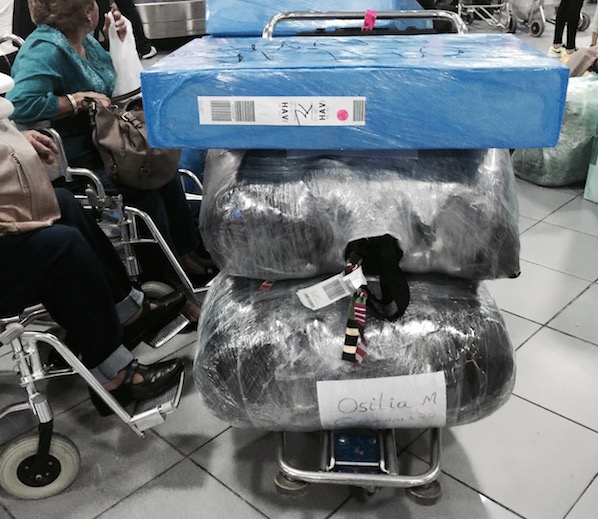
Approximately an hour after take-off, we were in Havana. After checking into our charmingly restored hotel, the Saratoga, we had a delicious and chic dinner at El Cocinero, which is housed in an old vegetable oil factory.
Almost next door to the restaurant is La Fabrica de Arte Cubano. An art highlight – this large, hip space houses a mega gallery, a video room, a contemporary dance area, video art projects, art installations, rock concerts and rotating contemporary art shows. Young Cubans line up around the block to get into this very cool venue.
Ricardo Torres Pérez, a professor at the Centro de Estudios sobre la Economia Cubana, spoke to us about the recent economic shift in the country: 80 percent of his students said they took his economics course to start their own business. “Never underestimate American commerce,” Pérez said.
Now, Cuban nationals can buy property, so investors seeking real-estate opportunities in Cuba are looking for Cuban partners. There also exists in Cuba a huge black market, which Pérez called engaging in an “informal economy.” The average wage is 40 dollars a month, but people take on jobs like selling gas at a station, and they take some of the gas and sell it on their own.
Besides learning about Cuba’s economy, we also had the opportunity to meet many of Cuba’s top artists who live a very glamorous life. They are able to travel and show their work globally. They have computers and access to the Internet which most people can only dream about.
Eight Cuban Artists You Should Know:
Carlos Quintana
We visited Quintana’s studIo, which is located in a large, gorgeous home in Havana. He was in the midst of preparing to leave the next day for New York and a show in Chelsea. His large paintings often have Asian influences, featuring characters such as Buddhist monks, samurais. He is also participating in the Cuban biennial.
Rigoberto Mena Santana
Mena creates strong beautiful work referencing walls and mosaic tiles. He uses Japanese papers as a base for his abstract expressionist works, which have been shown in Havana, Berlin, Mexico City, Guadalajara. He remarked how “Cuba is changing and it is impossible to think how fast it has changed.”
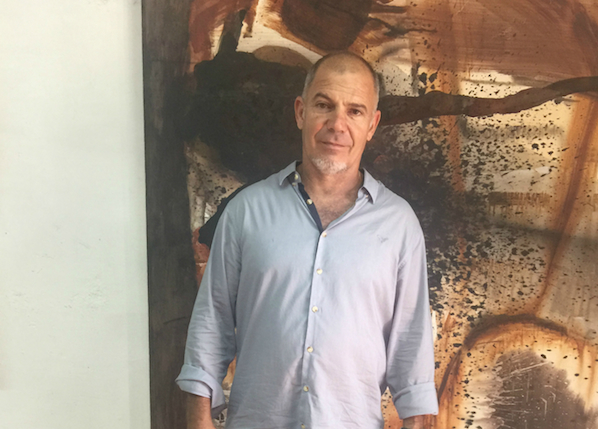
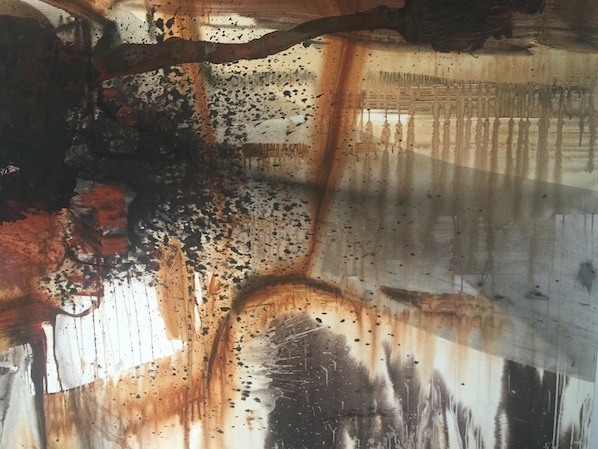
José Vincench
Vincench’s works are powerful pieces of political expression. He works with words like “dissent,” “autonomy” and “liberty,” superimposing the letters of each word to create new shapes and designs. Using a computer program to play with the words, the outcome is two dimensional, yet deep and multilayered – each work carries an emotional weight.
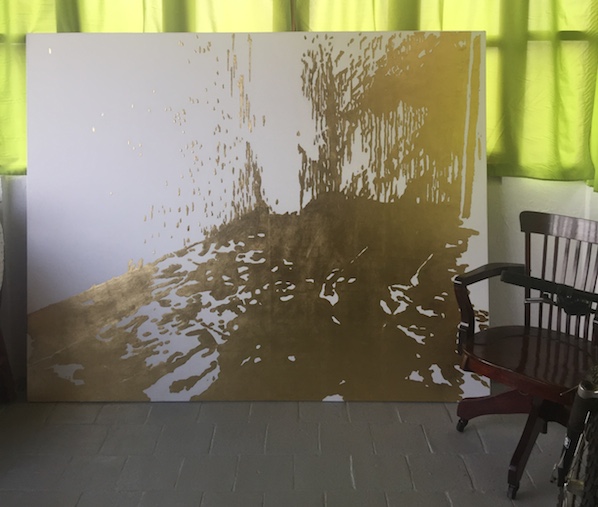
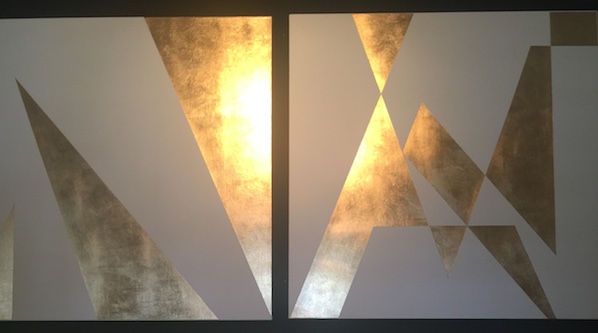
Mabel Poblet Pujol
Plastic plowers, bicycle tires, pins and acetate – these are just a few of the materials that 28-year-old Mabel Poblet Pujol uses in her works, which span from photography to installations. Many of her works are self-referential, you can spot her face in many of her photos, such as a screenprint on clear acetate. Her work has been shown in Havana as well as at the Center for Cuban Studies in New York.
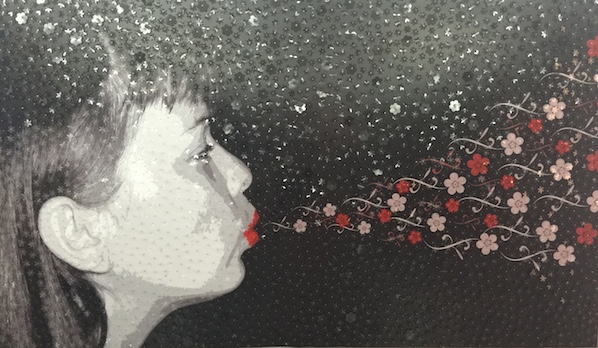
René Peña
He has been referred to as the “Cuban Mapplethorpe,” but Peña cites Eduardo Muñoz Ordoqui and Marta Maria Pérez Bravo as his influences. He is now scanning works, and uses his body as part of his work.
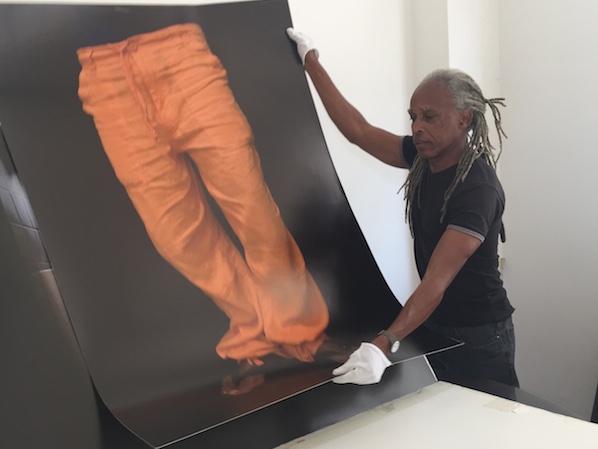
Juan Roberto Diago Durruthy
Diago’s work has been shown at the Venice Biennial in 1997, and at the International Contemporary Art Fair (FIAC, Paris) in 1999. Most recently, his work was featured at this year’s Art Basel Miami. His abstract pieces use canvas, bamboo and recycled materials in collages, text and religious symbols, exploring issues such as race, slavery and religion.
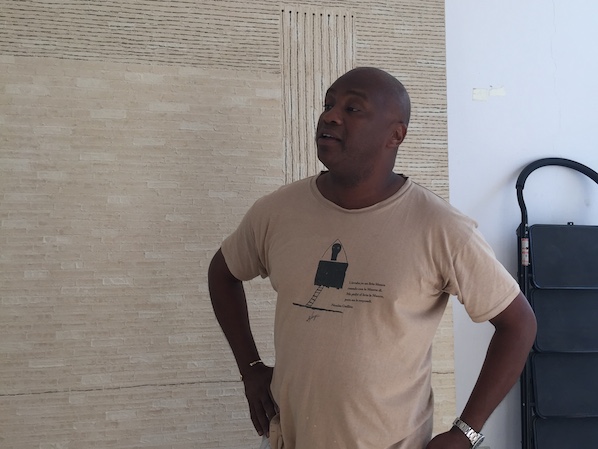
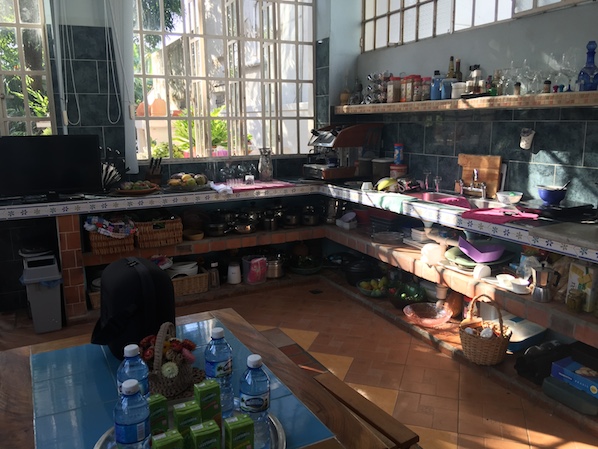
René Francisco Rodríguez
In 1991, when Cuba lost its aid from Russia, René Francisco found himself without paint. “What do you do when you don’t have anything? Use toothpaste, rags, and oil drums.” Francisco used Soviet toothpaste to make paintings. In one of his recent photo series he asked a very poor child about his dreams, “what did he want to do in life”?– he said he wanted to be a dancers or wearing a tuxedo. The artist photographed him wearing the clothes that reflected dreams.
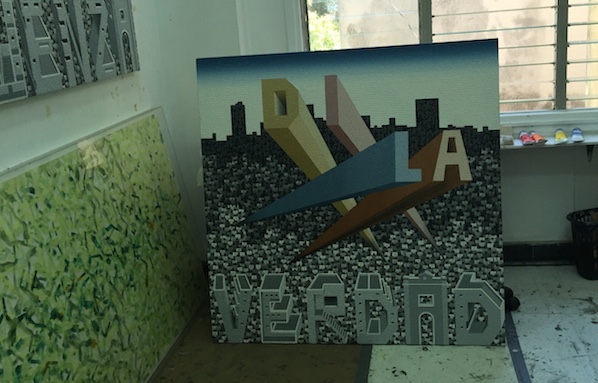
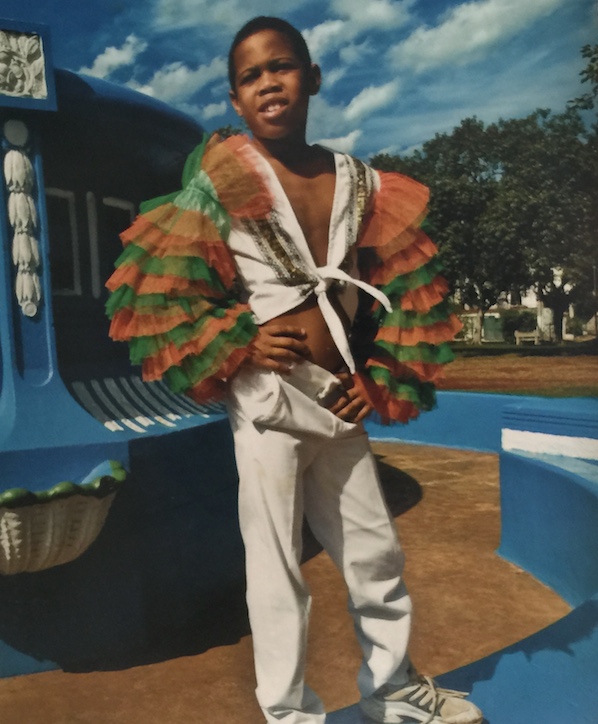
For more from our trip to Cuba, take a look at our Flickr album here.

Approximately an hour after take-off, we were in Havana. After checking into our charmingly restored hotel, the Saratoga, we had a delicious and chic dinner at El Cocinero, which is housed in an old vegetable oil factory.
Almost next door to the restaurant is La Fabrica de Arte Cubano. An art highlight – this large, hip space houses a mega gallery, a video room, a contemporary dance area, video art projects, art installations, rock concerts and rotating contemporary art shows. Young Cubans line up around the block to get into this very cool venue.
Ricardo Torres Pérez, a professor at the Centro de Estudios sobre la Economia Cubana, spoke to us about the recent economic shift in the country: 80 percent of his students said they took his economics course to start their own business. “Never underestimate American commerce,” Pérez said.
Now, Cuban nationals can buy property, so investors seeking real-estate opportunities in Cuba are looking for Cuban partners. There also exists in Cuba a huge black market, which Pérez called engaging in an “informal economy.” The average wage is 40 dollars a month, but people take on jobs like selling gas at a station, and they take some of the gas and sell it on their own.
Besides learning about Cuba’s economy, we also had the opportunity to meet many of Cuba’s top artists who live a very glamorous life. They are able to travel and show their work globally. They have computers and access to the Internet which most people can only dream about.
Eight Cuban Artists You Should Know:
Carlos Quintana
We visited Quintana’s studIo, which is located in a large, gorgeous home in Havana. He was in the midst of preparing to leave the next day for New York and a show in Chelsea. His large paintings often have Asian influences, featuring characters such as Buddhist monks, samurais. He is also participating in the Cuban biennial.
Rigoberto Mena Santana
Mena creates strong beautiful work referencing walls and mosaic tiles. He uses Japanese papers as a base for his abstract expressionist works, which have been shown in Havana, Berlin, Mexico City, Guadalajara. He remarked how “Cuba is changing and it is impossible to think how fast it has changed.”


José Vincench
Vincench’s works are powerful pieces of political expression. He works with words like “dissent,” “autonomy” and “liberty,” superimposing the letters of each word to create new shapes and designs. Using a computer program to play with the words, the outcome is two dimensional, yet deep and multilayered – each work carries an emotional weight.


Mabel Poblet Pujol
Plastic plowers, bicycle tires, pins and acetate – these are just a few of the materials that 28-year-old Mabel Poblet Pujol uses in her works, which span from photography to installations. Many of her works are self-referential, you can spot her face in many of her photos, such as a screenprint on clear acetate. Her work has been shown in Havana as well as at the Center for Cuban Studies in New York.

René Peña
He has been referred to as the “Cuban Mapplethorpe,” but Peña cites Eduardo Muñoz Ordoqui and Marta Maria Pérez Bravo as his influences. He is now scanning works, and uses his body as part of his work.

Juan Roberto Diago Durruthy
Diago’s work has been shown at the Venice Biennial in 1997, and at the International Contemporary Art Fair (FIAC, Paris) in 1999. Most recently, his work was featured at this year’s Art Basel Miami. His abstract pieces use canvas, bamboo and recycled materials in collages, text and religious symbols, exploring issues such as race, slavery and religion.


René Francisco Rodríguez
In 1991, when Cuba lost its aid from Russia, René Francisco found himself without paint. “What do you do when you don’t have anything? Use toothpaste, rags, and oil drums.” Francisco used Soviet toothpaste to make paintings. In one of his recent photo series he asked a very poor child about his dreams, “what did he want to do in life”?– he said he wanted to be a dancers or wearing a tuxedo. The artist photographed him wearing the clothes that reflected dreams.


For more from our trip to Cuba, take a look at our Flickr album here.
About Art Privée

Our mission is to enable art enthusiasts to easily locate and uncover essential information on contemporary art collections and exhibitions worldwide.
Linda Fischbach - Founder